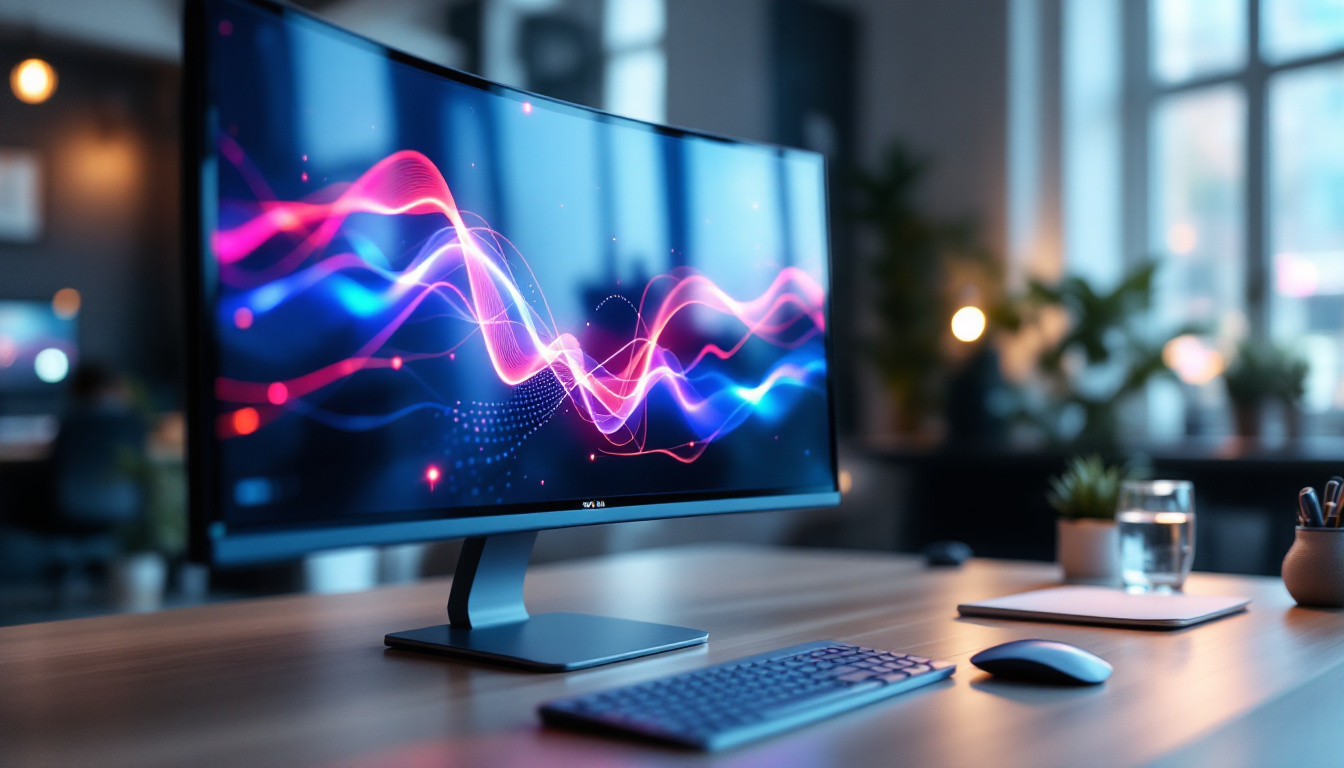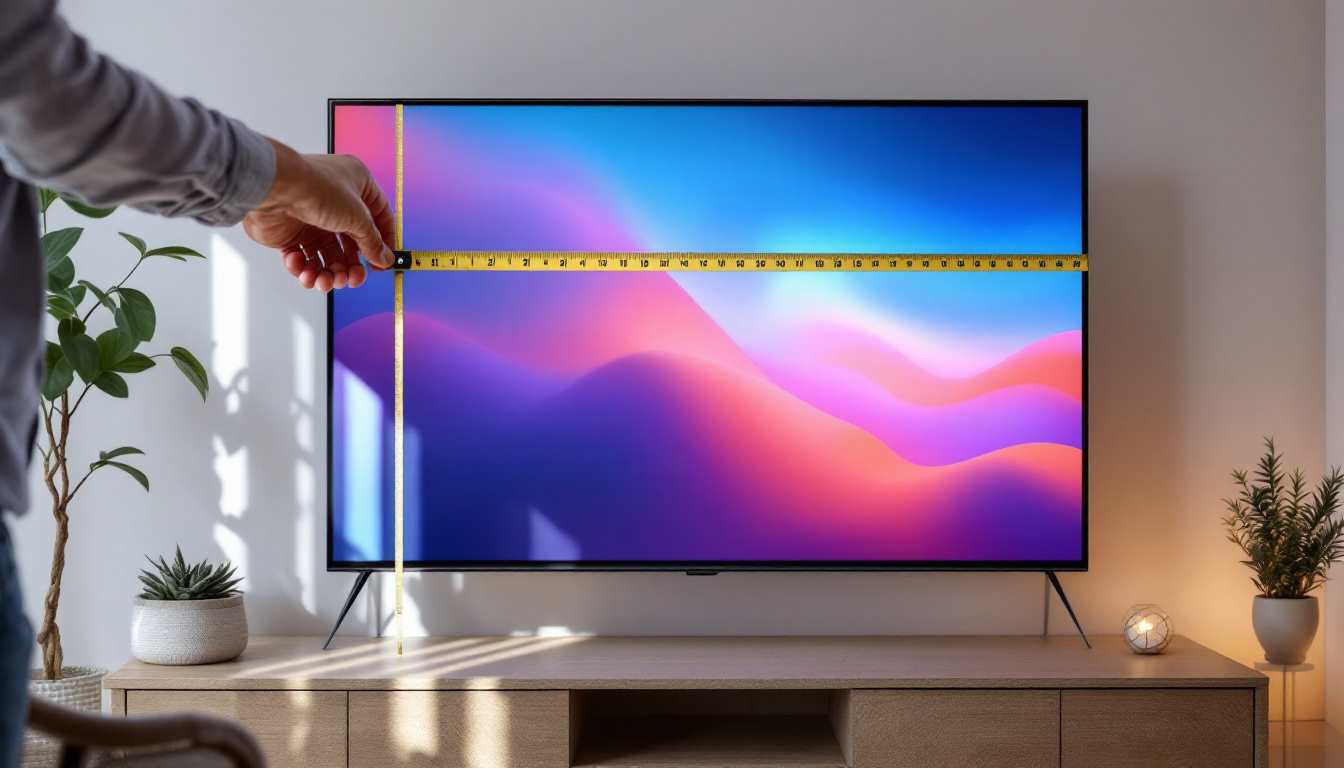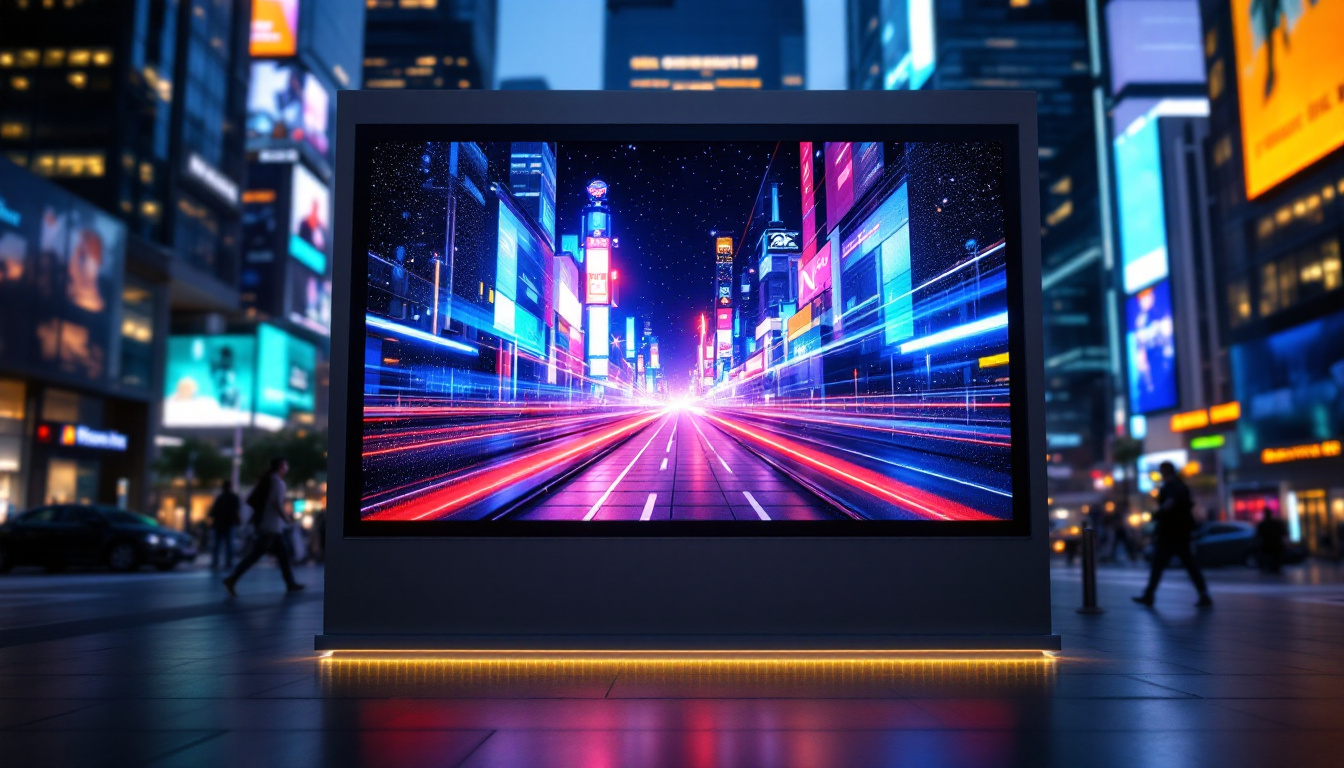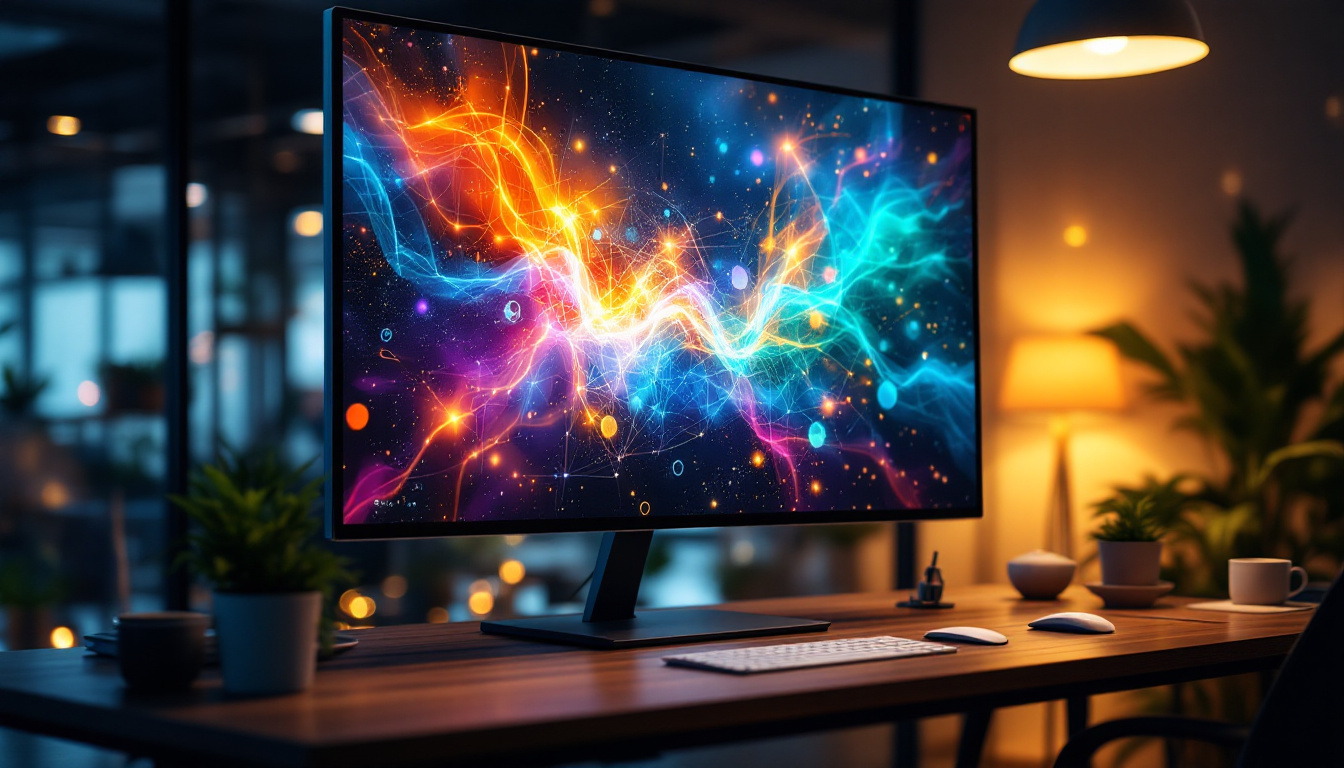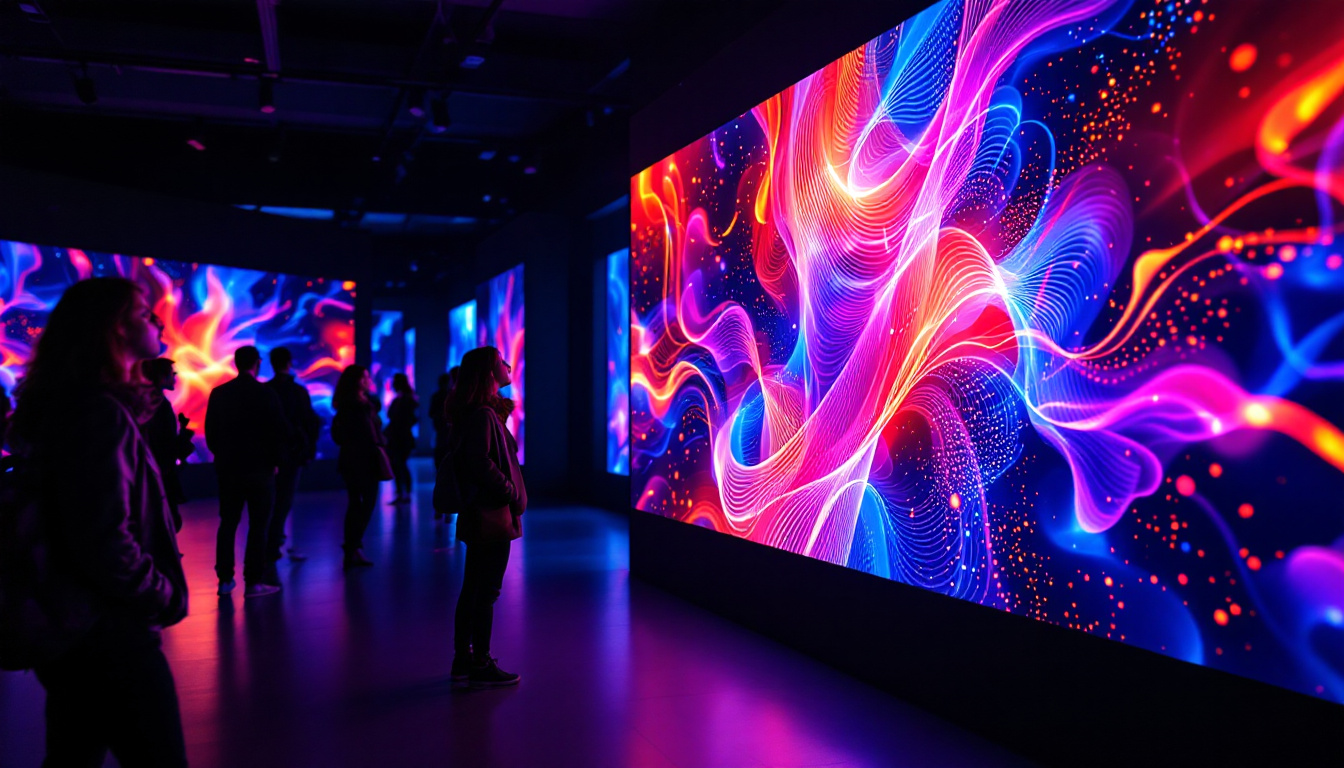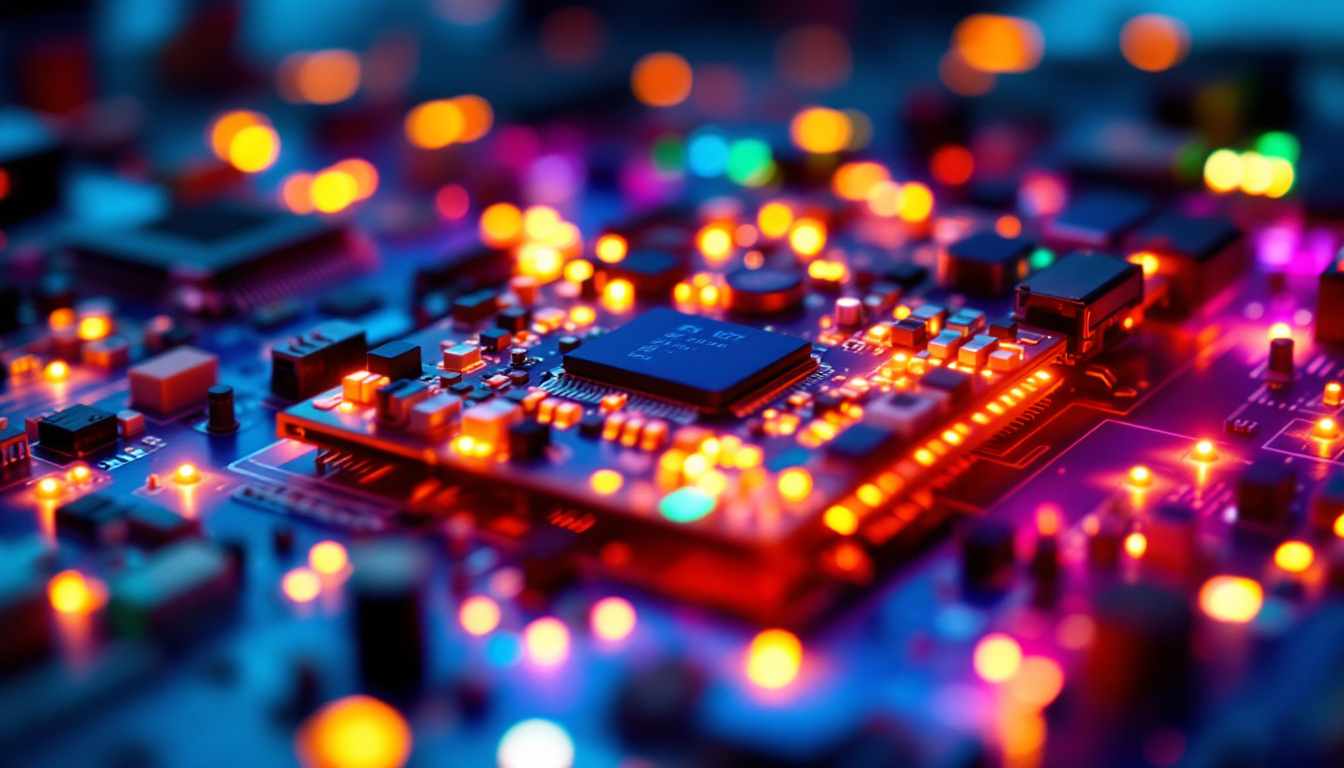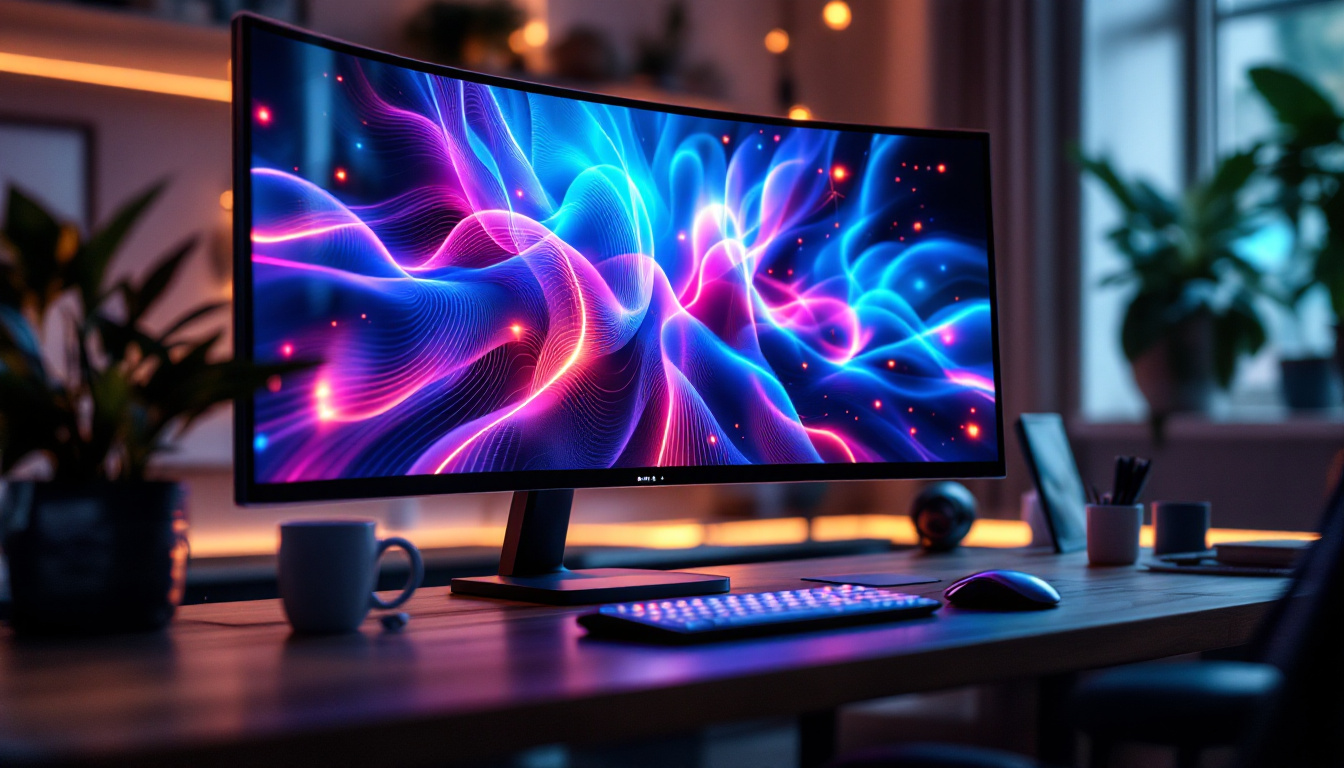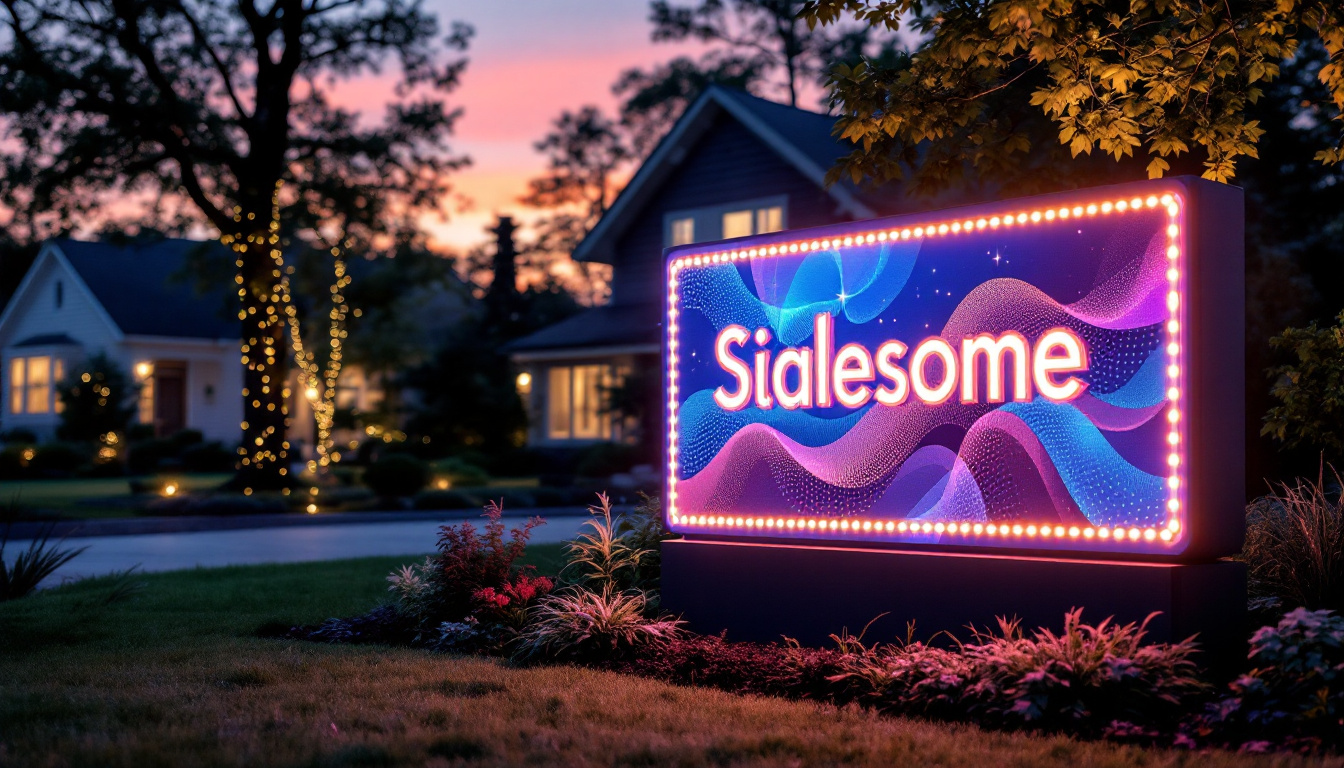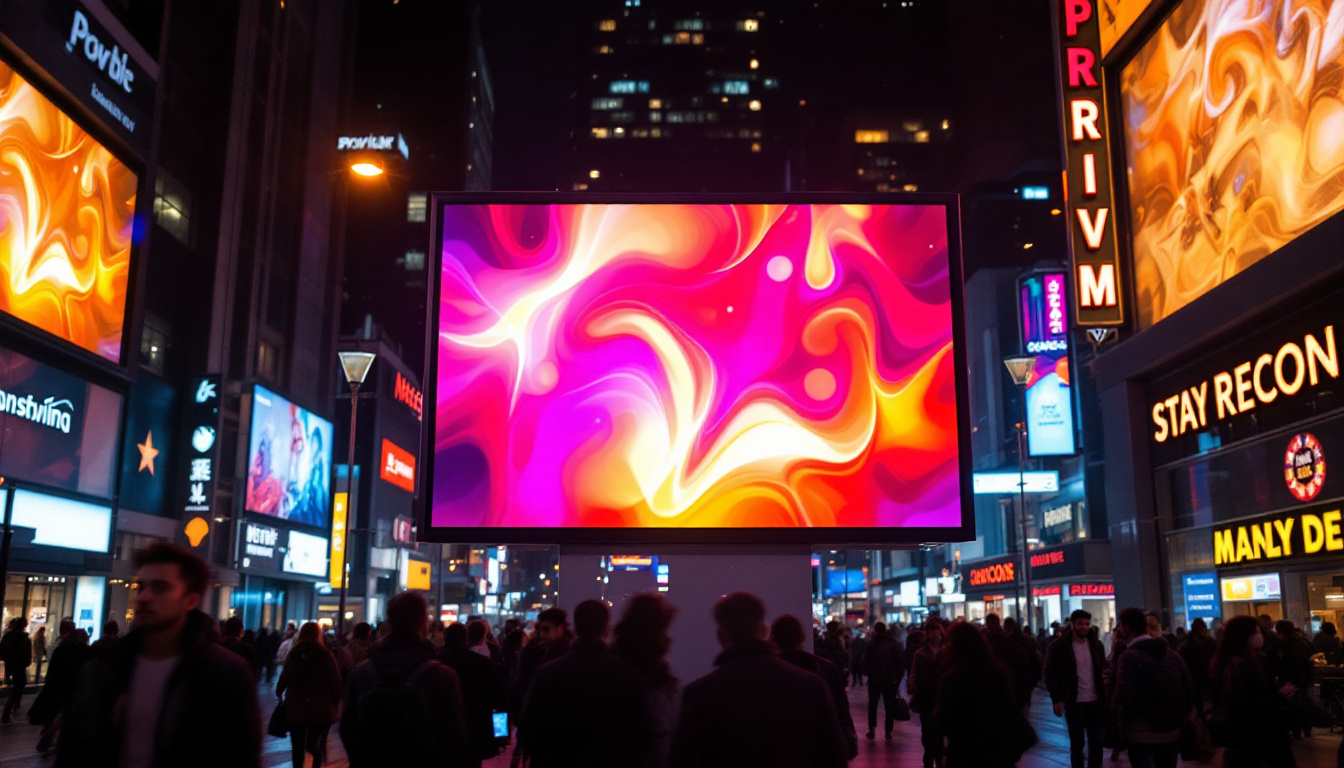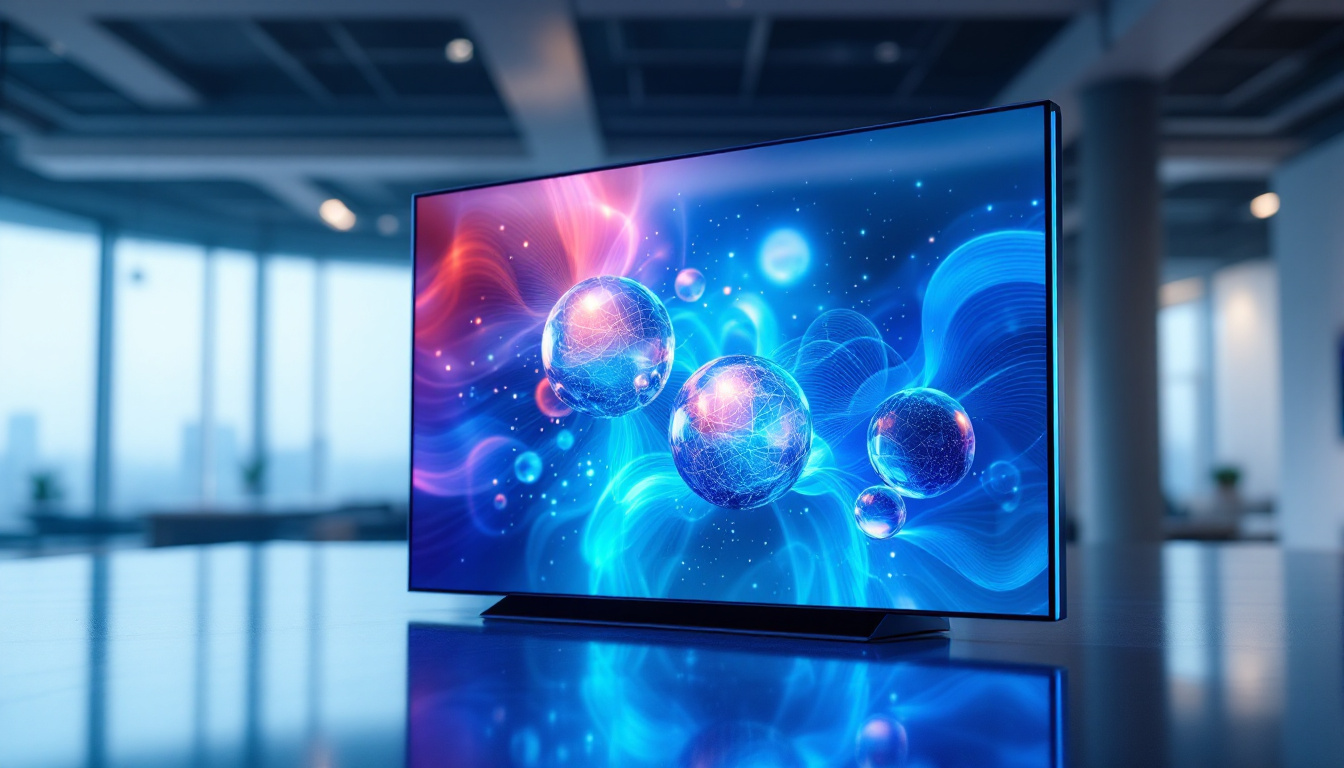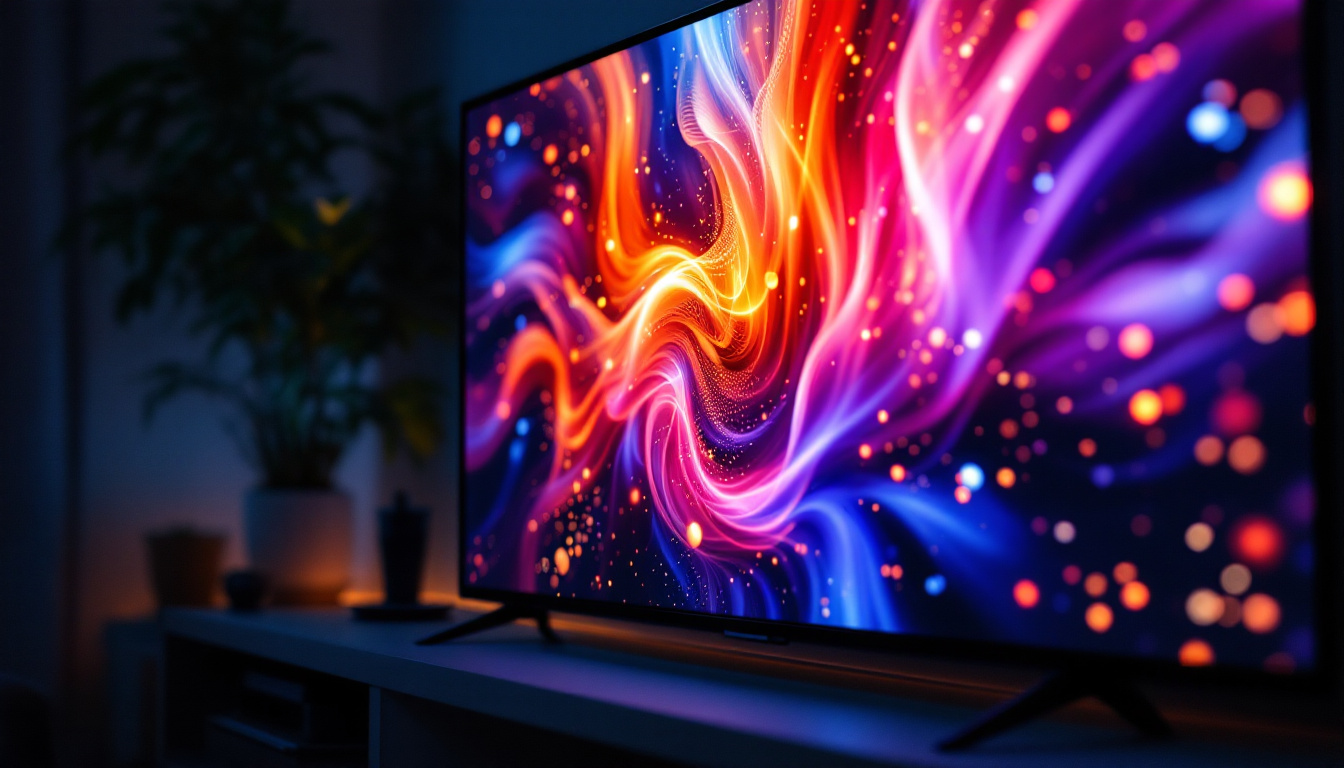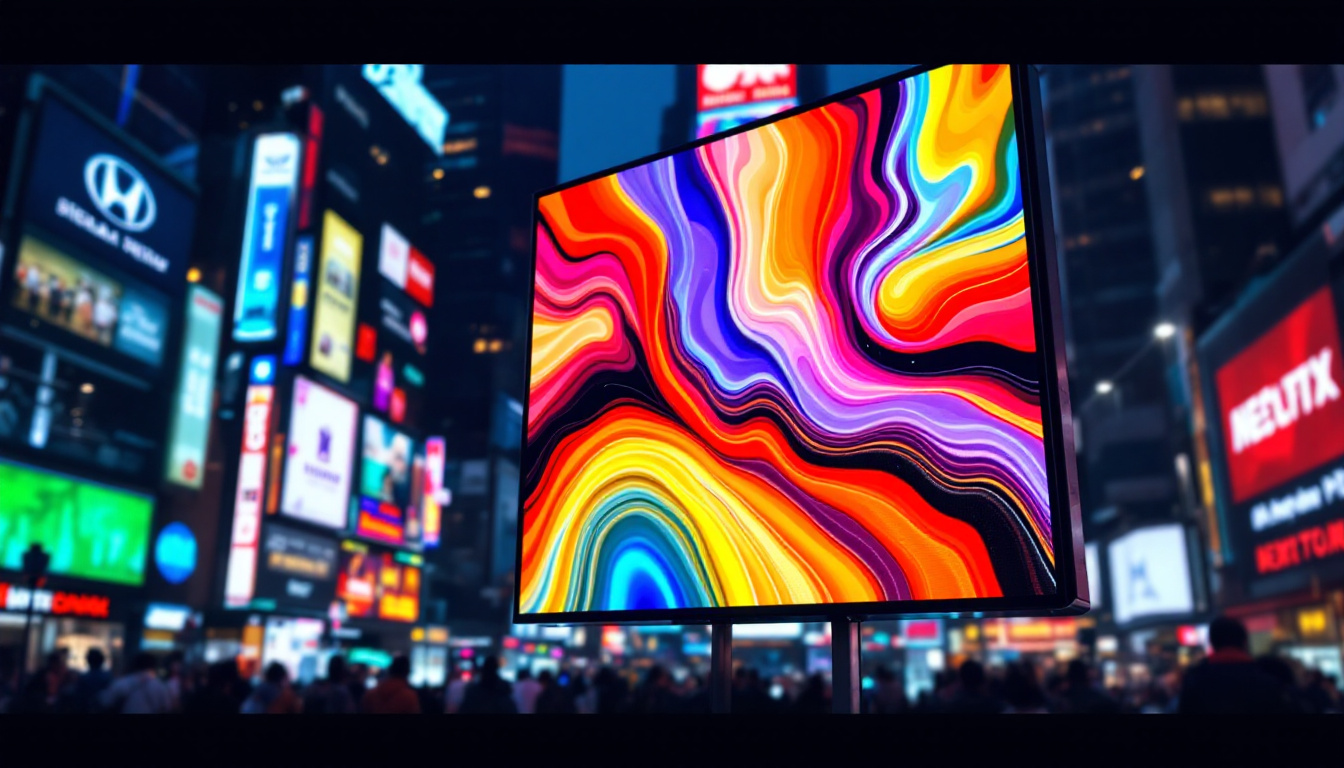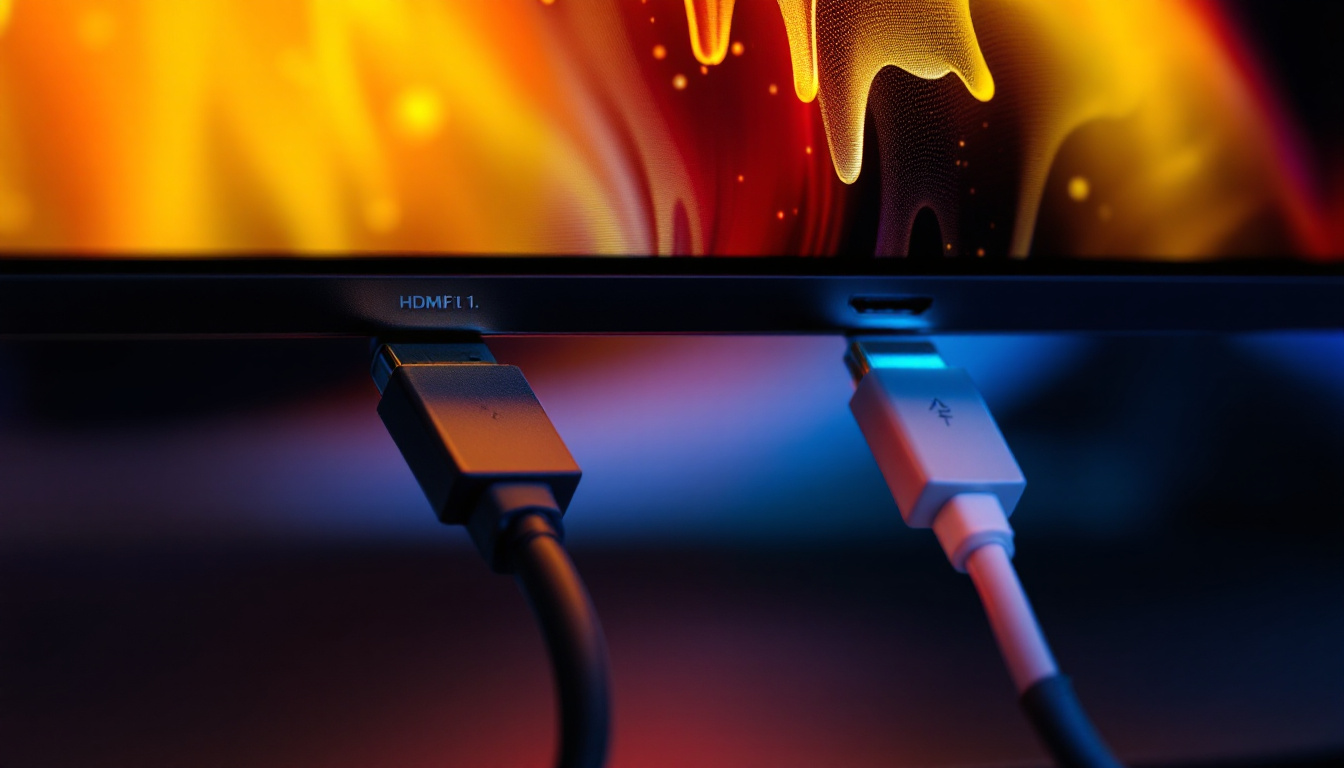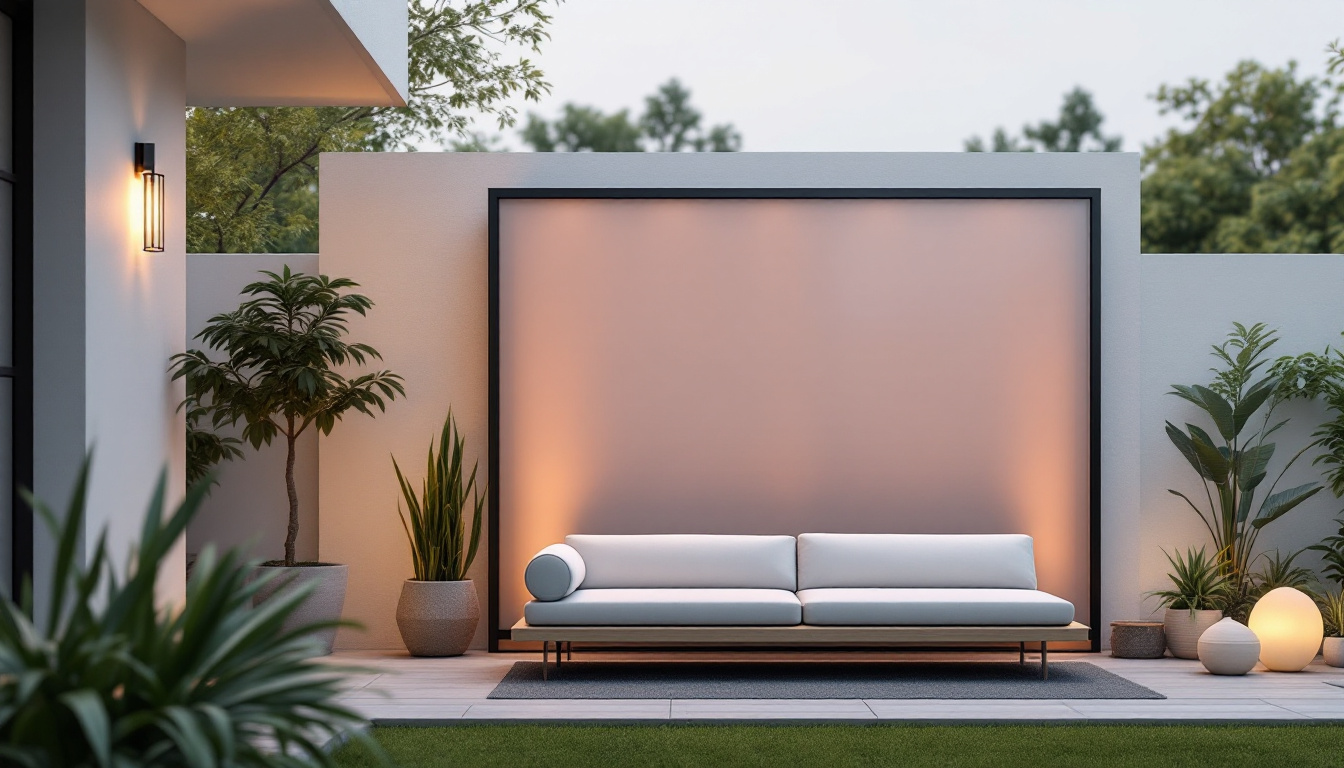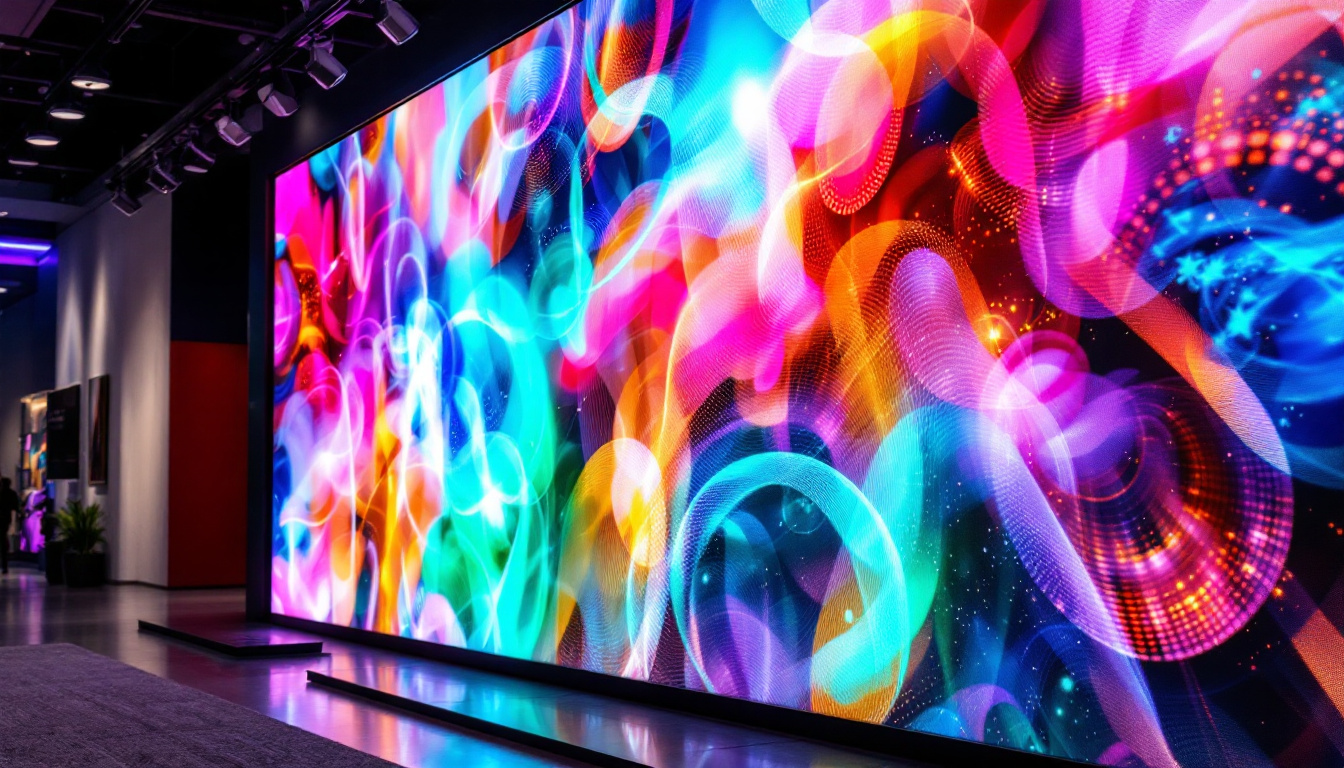In recent years, the technology behind monitors has evolved significantly, leading to the rise of touch screen curved monitors. These devices not only enhance user interaction but also provide an immersive viewing experience. This article delves into the intricacies of touch screen curved monitors, focusing on their LED display technology, benefits, and applications.
Understanding Touch Screen Technology
Touch screen technology has revolutionized how users interact with devices. By allowing direct interaction with the display, touch screens eliminate the need for traditional input devices like keyboards and mice. This section explores the various types of touch screen technologies and their functionalities.
Types of Touch Screen Technologies
There are primarily four types of touch screen technologies: resistive, capacitive, infrared, and optical. Each type has its unique characteristics and applications.
- Resistive Touch Screens: These screens consist of multiple layers that register touch when pressure is applied. They are cost-effective and work with any pointing device, including fingers and styluses.
- Capacitive Touch Screens: Utilizing the electrical properties of the human body, capacitive screens respond to touch by detecting changes in capacitance. They offer better clarity and multi-touch capabilities but are generally more expensive.
- Infrared Touch Screens: These screens use an array of infrared light beams to detect touch. They are durable and can be used in various environments, making them ideal for public kiosks.
- Optical Touch Screens: Employing cameras to detect touch, optical screens provide high accuracy and can be used in larger displays. They are commonly found in interactive displays and large-scale installations.
How Touch Screens Work
Touch screens work by detecting the location of a touch event. When a user touches the screen, the device processes the input and translates it into commands. The technology behind this can vary significantly based on the type of touch screen used. For instance, capacitive screens rely on the electrical charge of the human body, while resistive screens depend on physical pressure.
In curved monitors, touch screen technology is further enhanced by the curvature of the display, which allows for a more natural interaction. The curve can create a more immersive experience, making it feel as though the user is part of the content being displayed.
Furthermore, advancements in touch screen technology have led to the development of haptic feedback systems, which provide tactile responses to user interactions. This feature enhances the user experience by simulating the sensation of pressing a button or interacting with a physical object, making digital interactions feel more intuitive. As a result, users can enjoy a more engaging experience, particularly in gaming and virtual reality applications, where the sense of touch plays a crucial role in immersion.
Moreover, the integration of touch screen technology with artificial intelligence is paving the way for smarter devices. AI algorithms can analyze user behavior and preferences, allowing for personalized interactions that adapt to individual needs. This synergy between touch screens and AI not only improves usability but also opens up new possibilities for applications in fields such as education, healthcare, and retail, where tailored experiences can significantly enhance user satisfaction and engagement.
The Advantages of Curved Monitors
Curved monitors have gained popularity for various reasons, particularly in gaming, design, and professional environments. Their unique design offers several advantages over traditional flat monitors.
Immersive Viewing Experience
The primary advantage of a curved monitor is the immersive viewing experience it provides. The curvature of the screen wraps around the viewer’s field of vision, creating a sense of depth and engagement. This is particularly beneficial in gaming and cinematic experiences, where users can feel more connected to the action on screen.
Additionally, the curvature can help reduce distortion at the edges of the display, leading to a more uniform viewing experience. This is especially important for graphic designers and video editors who rely on accurate color representation and detail. With a curved monitor, the viewer can experience a panoramic view that enhances the overall visual experience, making it feel as if they are part of the scene rather than just an observer. This effect is further amplified when multiple curved monitors are used in a multi-display setup, creating an expansive workspace that envelops the user in their projects.
Enhanced Comfort and Reduced Eye Strain
Curved monitors can also contribute to enhanced comfort during prolonged use. The design allows for a more natural viewing angle, which can reduce neck and eye strain. Users can maintain a more ergonomic posture, as they do not need to turn their heads as much to see the edges of the screen.
Moreover, the curvature can help minimize reflections and glare, which are common issues with flat screens. This feature is particularly advantageous in bright environments, where reflections can hinder visibility. The reduction of glare not only makes for a more pleasant viewing experience but also allows for longer periods of use without discomfort. In addition, many curved monitors come equipped with advanced technologies such as blue light filters and flicker-free displays, which further enhance eye comfort and reduce fatigue during extended sessions, whether for work or leisure. Users can enjoy their favorite games, movies, or design projects without the worry of straining their eyes or experiencing discomfort, making curved monitors a smart choice for anyone who spends significant time in front of a screen.
LED Display Technology Explained
LED (Light Emitting Diode) technology is at the heart of modern displays, including touch screen curved monitors. Understanding how LED displays work is essential for appreciating their advantages over traditional LCDs.
How LED Displays Work
LED displays utilize semiconductor diodes that emit light when an electric current passes through them. Unlike traditional LCDs, which require a backlight, LED displays can produce their own light, resulting in brighter and more vibrant images. This technology is often used in conjunction with LCD panels, leading to what is commonly referred to as LED-backlit LCDs.
In a typical LED display, the diodes can be arranged in various configurations, including edge-lit and full-array. Edge-lit displays use LEDs along the edges of the screen, while full-array displays have a grid of LEDs behind the entire panel, offering better contrast and uniformity.
Benefits of LED Displays
LED displays offer several advantages over traditional display technologies. They are known for their energy efficiency, longer lifespan, and superior color accuracy. Additionally, LED displays can achieve higher brightness levels, making them suitable for a variety of environments.
Another significant benefit is their ability to produce deeper blacks and more vibrant colors. This is particularly important for applications that require precise color representation, such as graphic design and video editing.
Applications of Touch Screen Curved Monitors
Touch screen curved monitors are versatile devices that find applications across various industries. Their unique features make them suitable for both personal and professional use.
Gaming and Entertainment
In the gaming industry, touch screen curved monitors have become increasingly popular. The immersive experience provided by the curvature enhances gameplay, allowing gamers to feel more engaged with the virtual environment. Additionally, the touch screen functionality enables intuitive controls, making it easier for players to interact with their games.
For entertainment purposes, these monitors are ideal for watching movies and streaming content. The curved design enhances the viewing experience, making it feel more cinematic. Furthermore, the vibrant colors and high contrast of LED technology contribute to a more enjoyable viewing experience.
Professional Use in Design and Collaboration
In professional settings, touch screen curved monitors are valuable tools for designers, architects, and engineers. The ability to interact directly with the display allows for more intuitive design processes. Users can manipulate 3D models and sketches with ease, enhancing creativity and productivity.
Moreover, these monitors are excellent for collaborative work. In meetings or brainstorming sessions, teams can gather around a curved monitor to share ideas and interact with content together. The touch screen feature allows multiple users to engage simultaneously, fostering a more dynamic collaborative environment.
Choosing the Right Touch Screen Curved Monitor
When selecting a touch screen curved monitor, several factors should be considered to ensure it meets specific needs and preferences. Understanding these factors can help users make an informed decision.
Screen Size and Resolution
The size of the monitor is a crucial factor, as it can impact the overall experience. Larger screens provide a more immersive experience, while smaller screens may be more suitable for limited desk space. Additionally, the resolution plays a significant role in image clarity. Higher resolutions, such as 4K, offer sharper images and more detail, making them ideal for professional applications.
Touch Screen Technology Type
As previously discussed, different touch screen technologies offer various benefits. Depending on the intended use, users may prefer one type over another. For instance, capacitive touch screens are ideal for multi-touch applications, while resistive screens may be more appropriate for environments where durability is essential.
Connectivity Options
Connectivity is another important consideration. A monitor with multiple input options, such as HDMI, DisplayPort, and USB-C, provides greater flexibility for connecting various devices. Additionally, built-in features like Bluetooth and Wi-Fi can enhance usability, allowing for wireless connections and easier integration into existing setups.
Conclusion
Touch screen curved monitors represent a significant advancement in display technology, combining the benefits of touch interaction with the immersive experience of curved screens. With LED display technology at their core, these monitors offer vibrant colors, high contrast, and energy efficiency, making them suitable for a wide range of applications.
Whether for gaming, professional design, or general use, touch screen curved monitors provide a unique and engaging experience. By understanding the various technologies, advantages, and applications, users can make informed decisions when selecting the right monitor to meet their needs.
As technology continues to evolve, touch screen curved monitors are likely to become even more prevalent, paving the way for new and innovative ways to interact with digital content.
Discover LumenMatrix’s Advanced LED Display Solutions
Ready to elevate your visual experience with the latest in LED display technology? Look no further than LumenMatrix, a pioneer in crafting immersive LED displays that transform any space into a dynamic visual spectacle. From engaging Indoor LED Wall Displays to vibrant Outdoor LED Wall Displays, and from versatile Vehicle LED Displays to sleek LED Poster Displays, LumenMatrix offers an extensive range of solutions tailored to your needs. Embrace the future of visual communication with our innovative LED Sports Displays, interactive Floor LED Displays, and customizable Custom LED Displays. Experience the convenience of our All-in-One LED Displays and the aesthetic appeal of LED Transparent Displays. Don’t miss the opportunity to captivate your audience and amplify your message. Check out LumenMatrix LED Display Solutions today and witness the transformation in your professional or entertainment environments.

